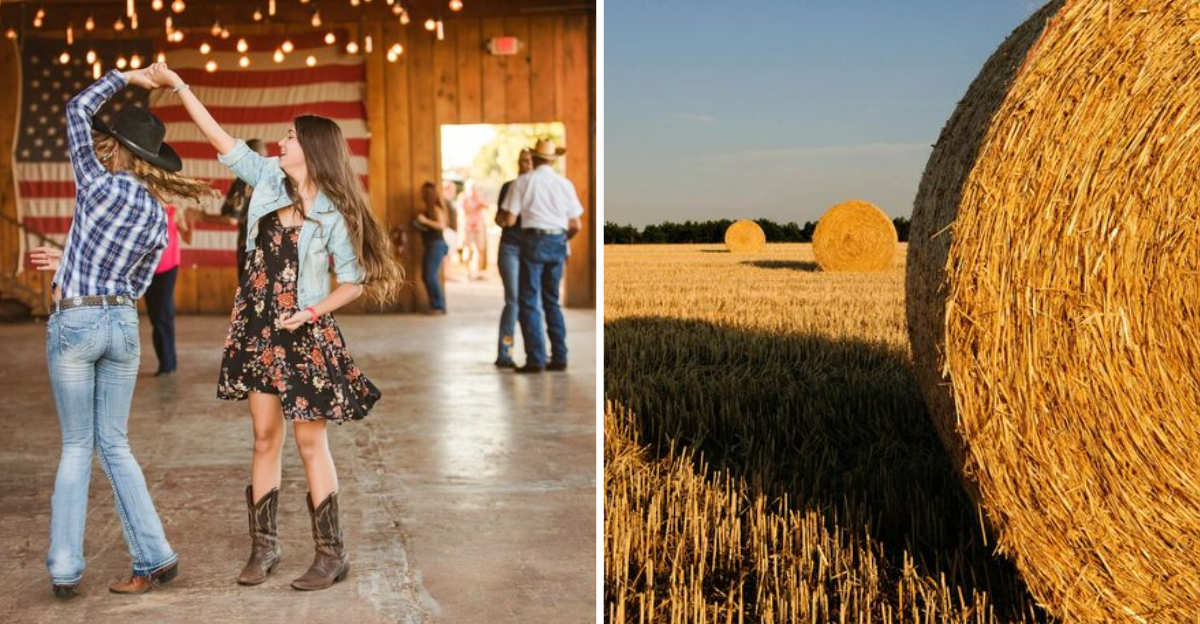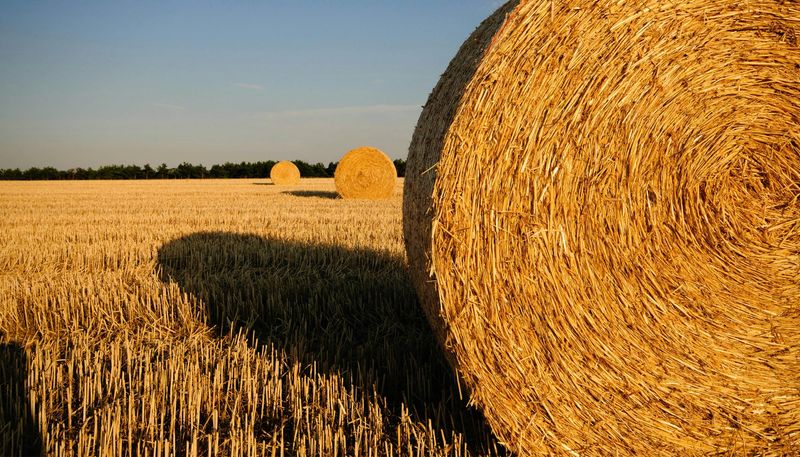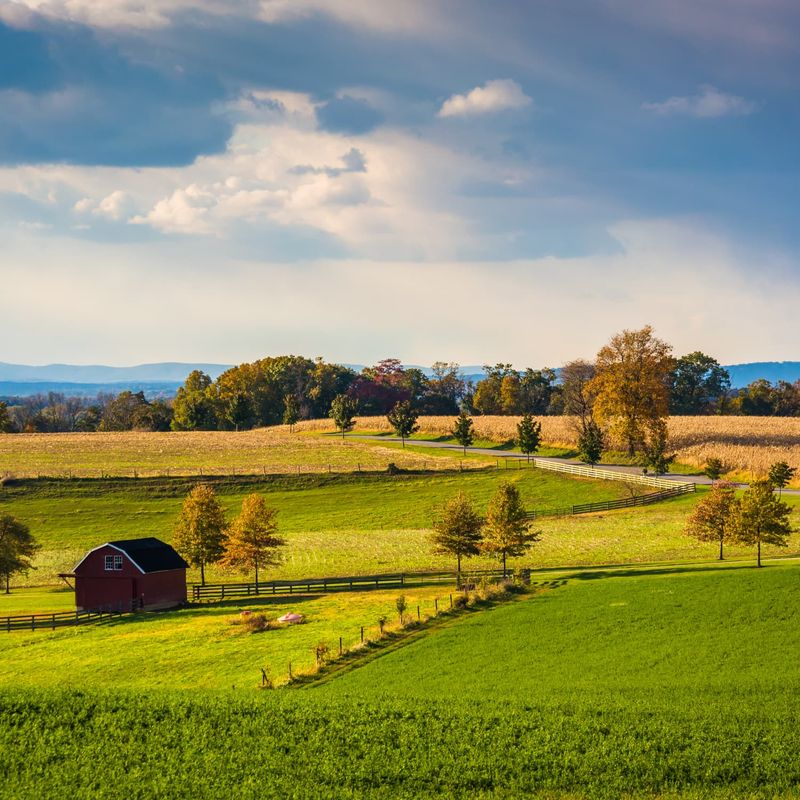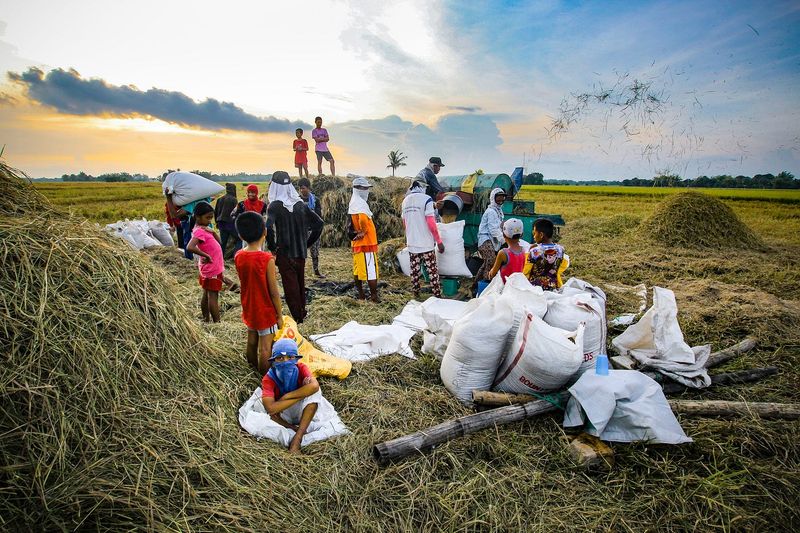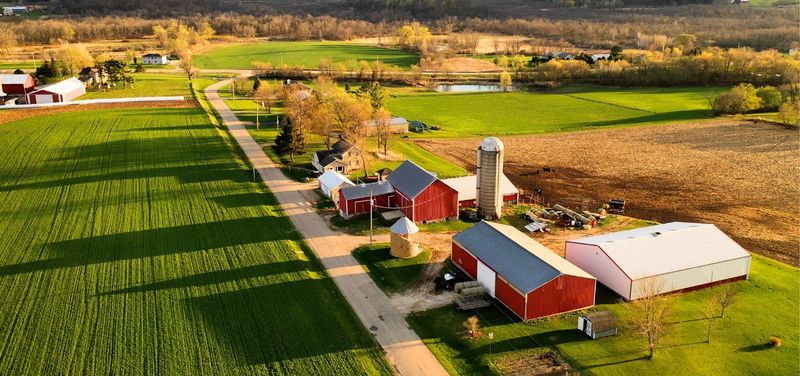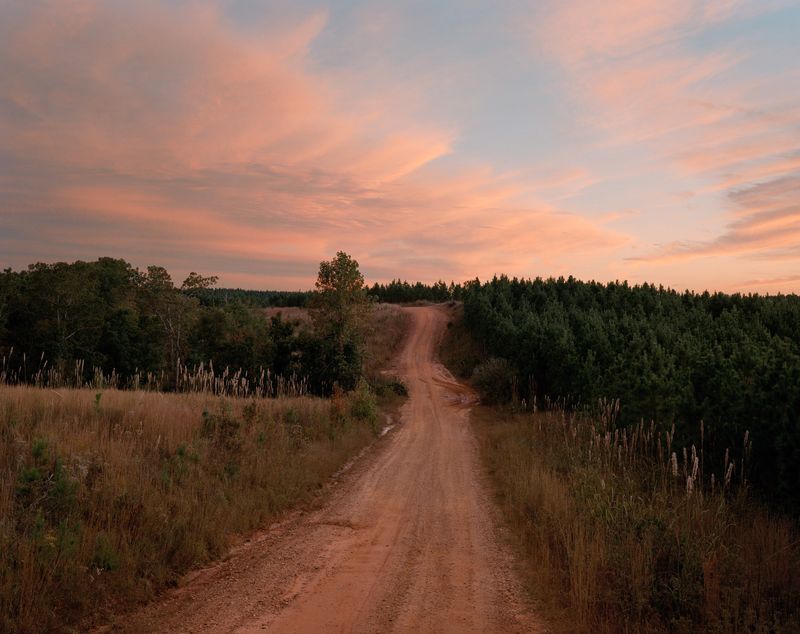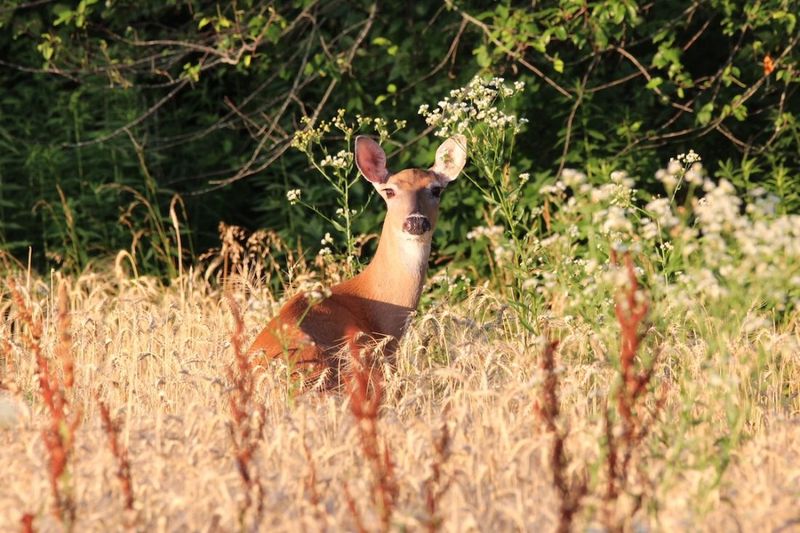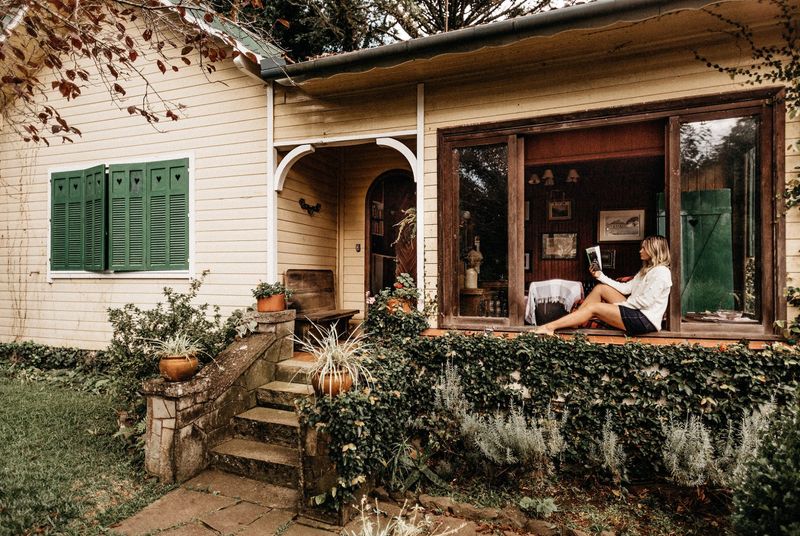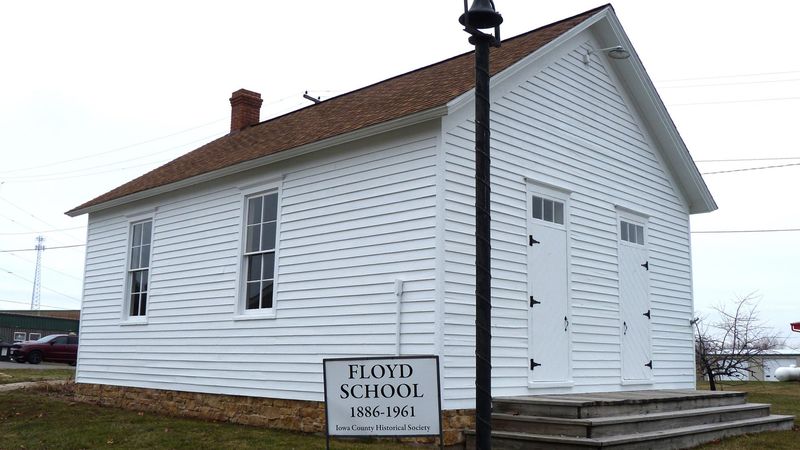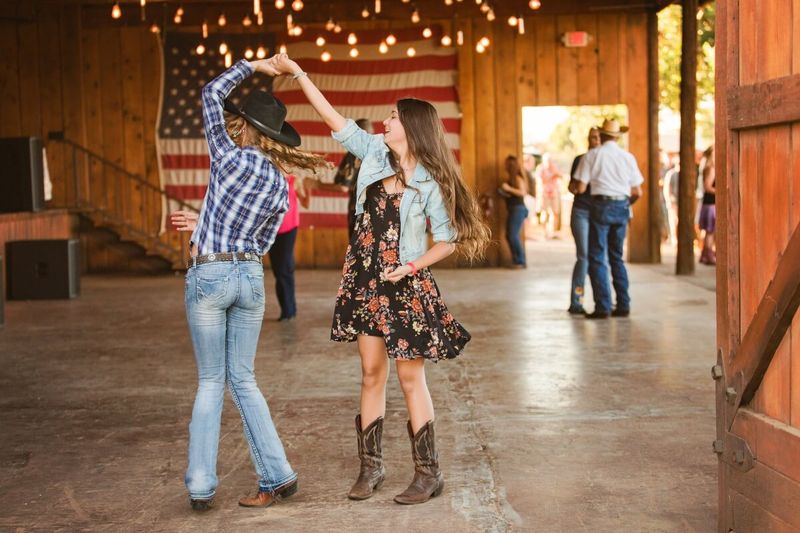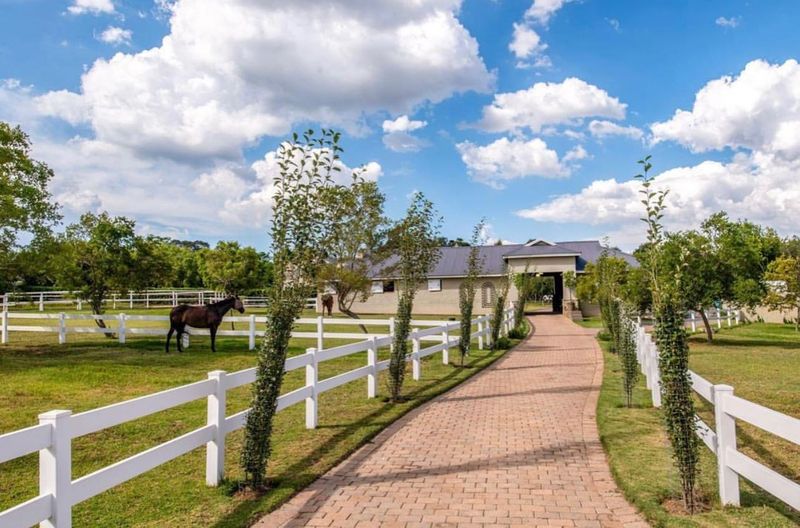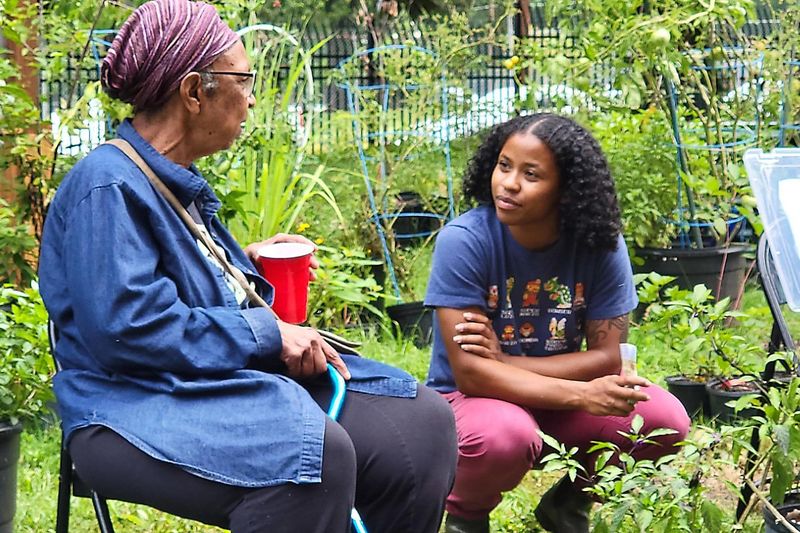Growing up in rural America provides a unique set of experiences and memories that those from urban areas might find hard to relate to. From breathtaking natural scenes to peculiar local customs, these experiences shape a person’s character and worldview in distinctive ways. Let’s delve into the charming yet challenging aspects of rural life that resonate with those who have lived it.
The Smell of Fresh Hay
The distinctive aroma of fresh-cut hay is an unforgettable rural experience. Its earthy scent fills barns and fields, a scent that city slickers rarely encounter. It evokes memories of summer days spent working under the sun, harvesting or stacking bales.
This aroma is closely tied to the rhythm of farming life, signaling the change of seasons. For many, it’s a comforting reminder of home and hard work.
Inhaling this scent transports one back to simpler times, where life’s pace matched nature’s cycles, and every breath carried the promise of growth.
Living Off the Land
Growing up in rural America often means learning to live off the land. Gardening, farming, and fishing are not just hobbies but essential skills passed down through generations.
These practices instill a deep appreciation for nature and its bounty. Harvesting one’s food fosters a sense of accomplishment and self-reliance.
In these communities, sustainability is a way of life, teaching values of hard work and respect for the environment. Living off the land is a connection to heritage, grounding individuals in their roots and the rhythms of nature.
Wide Open Spaces
The expansive landscapes of rural America offer a sense of freedom that’s hard to find in cramped urban environments. Fields stretch endlessly, inviting exploration and adventure.
This openness fosters a spirit of independence and creativity. Children grow up building forts, playing tag, and dreaming under wide skies. Such spaces encourage exploration and imagination, nurturing resilient spirits.
These vast areas allow individuals to escape into their own world, where the only limits are the edges of the horizon, fostering a connection with nature and self.
Close-Knit Communities
In rural areas, communities are tightly woven, with bonds built over years of shared experiences. Everyone knows everyone, creating a support network that resembles an extended family.
Events are communal, with neighbors coming together for potlucks, fairs, and celebrations. These gatherings strengthen ties, creating lasting friendships and cherished traditions.
Such close relationships foster a sense of belonging and security, where people look out for one another. This communal spirit is a hallmark of rural life, providing comfort and connection.
Sound of Silence
The profound silence of rural areas can be both eerie and comforting. Away from the relentless noise of urban life, one hears only the gentle rustle of leaves or the distant call of a bird. This quietude fosters deep reflection and peace.
In moments of solitude, individuals form a bond with nature, listening to the whispers of the wind and footsteps on gravel. Such serenity offers clarity and peace of mind.
These silent moments become cherished memories, their calming effect resonating long after one leaves the countryside.
Unpaved Roads
Unpaved roads are a staple of rural life, often leading to hidden gems or friends’ homes. These bumpy trails, kicked up with dust, evoke a sense of adventure and nostalgia.
Traveling these paths connects one to the land, a reminder of simplicity and the journey over the destination. It’s a stark contrast to the paved predictability of city streets.
These roads hold stories of childhood escapades and family outings, their rustic charm a signature mark of rural America’s character and history.
Local Diners
Local diners in rural areas are more than just eateries; they are community hubs. These cozy spots serve hearty meals and hot coffee to locals and travelers alike.
Conversations flow as freely as the coffee, with stories shared across generations. Diners embody the spirit of hospitality, where everyone is welcomed like family.
These establishments are a lifeline, providing not just sustenance but connection and camaraderie, making them cherished landmarks in the rural landscape.
Homegrown Festivals
Rural communities celebrate with homegrown festivals, showcasing local crafts, foods, and traditions. These events draw crowds from miles around, offering a taste of local culture.
From parades to pie-eating contests, each festival reflects the town’s unique spirit and history. They are opportunities for residents to connect, share, and celebrate their heritage.
These gatherings provide a sense of unity and pride, strengthening community ties and preserving traditions for future generations.
Wildlife Encounters
In rural America, encounters with wildlife are part of daily life. Deer, foxes, and birds become familiar neighbors, their presence a reminder of nature’s proximity.
Such encounters foster respect and appreciation for animals and their habitats. Whether spotting a deer in the backyard or fishing in a local creek, these moments connect individuals to the natural world.
These experiences nurture a love for wildlife, teaching patience and observation, becoming cherished memories for those who grow up alongside these creatures.
Starry Nights
In rural America, the night sky is a tapestry of stars, unobstructed by city lights. The Milky Way swirls across the heavens, a sight rarely seen in urban locales. This celestial ballet inspires young dreamers and provides a profound sense of connection to the universe.
Lying on a blanket under this stellar display, one contemplates life’s mysteries and finds solace in its vastness. The quiet ambiance accentuates the brilliance above.
Such skyward retreats remain etched in memory, evoking nostalgia and wonder whenever recalled, a rural privilege few city dwellers understand.
Porch Sitting
Porch sitting is a cherished rural tradition, where time slows down and conversations deepen. The porch becomes a stage for storytelling, laughter, and quiet reflection.
These moments are shared with family and friends, watching sunsets or thunderstorms roll in across open fields. It’s a practice of mindfulness and connection.
Porch sitting fosters a sense of community and peace, where the simple pleasure of presence and the beauty of the rural landscape are savored.
Schoolhouse Memories
Small rural schools offer a unique educational experience. One-room schoolhouses or small local schools create close-knit learning environments where everyone knows each other.
Teachers wear many hats, fostering personal connections with students and tailoring lessons to individual needs. Community involvement in education is strong, with parents and townsfolk actively participating.
These schools instill a sense of community and belonging, encouraging collaboration and lifelong friendships among students, making education a shared, supportive journey.
Barn Dances
Barn dances are a lively and integral part of rural social life. These events bring communities together, where music and dance create an atmosphere of joy and togetherness.
Participants of all ages join in, learning traditional dances and enjoying live music. These gatherings strengthen community bonds and are a testament to rural America’s love for music and celebration.
Barn dances add rhythm to rural life, offering an escape from daily routines and a chance to connect with neighbors through the universal language of dance.
Weather Watching
Weather plays a crucial role in rural life, affecting crops and daily activities. Watching the sky becomes second nature, forecasting rain or sun by observing clouds and wind.
This intimate relationship with the weather fosters a deep understanding and respect for nature’s power. Communities come together to prepare for storms, helping neighbors in times of need.
Weather watching is not just practical but also a shared experience, bonding families and communities through the shared knowledge and anticipation of nature’s moods.
Generational Stories
Storytelling is a cherished tradition in rural America, passing down history and values through generations. Elders share tales of the past, creating a bridge between old and young.
These stories convey wisdom and humor, preserving culture and instilling pride in one’s heritage. Gathered around a fire or at family gatherings, these narratives come alive.
Generational stories keep history relevant, fostering a sense of identity and continuity in rural communities, connecting people to their roots and each other.
